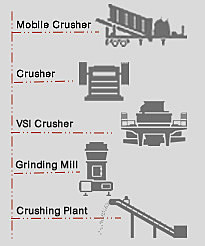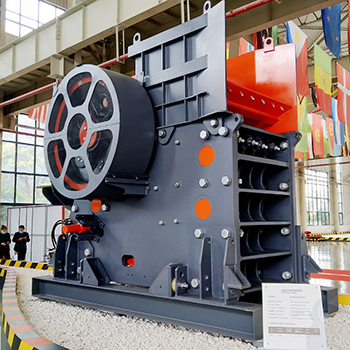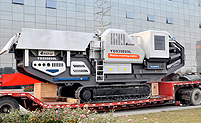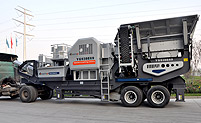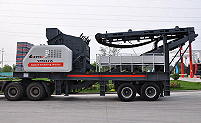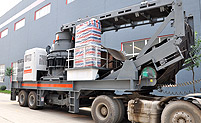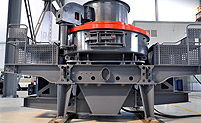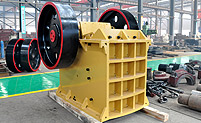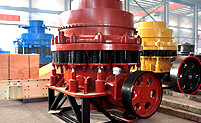Analysis of the three stages of mineral flotation and the advantages and disadvantages of flotation
Mineral flotation is a complex physical and chemical process carried out in a gas-liquid-solid three-phase system, which is carried out on the solid, gas, and liquid three-phase interface. The difference in floatability between minerals has an important impact on whether minerals can be effectively sorted. The floatability of minerals is closely related to the wettability of mineral surfaces, the composition of minerals, and the electrical properties of structural mineral surfaces.
The wettability of the mineral surface affects the hydrophilicity or hydrophobicity of the mineral surface, thereby affecting the floatability of the mineral; the composition and structure of the mineral determine the surface bond energy of the mineral, which affects the floatability of the mineral. Adsorption is the main form of interaction between minerals, reagents, and air bubbles in flotation. It is accompanied by the entire flotation process. In flotation slurry, the dispersion and aggregation of ore particles have an important impact on its flotation behavior. The flotation rate is an important indicator to measure the speed of the flotation process. The following is a brief understanding of the development history of mineral flotation and the advantages and disadvantages of froth flotation.
A brief history of flotation development
The development of flotation has gone through three basic stages: ①surface flotation stage; ②full oil flotation stage; core) foam flotation stage.
1) Surface flotation
Using the principle of surface tension, lightly sprinkle the dry grinding powder on the surface of the flowing water, and the hydrophobic minerals are not easy to be wetted and float on the water. They gather into a thin layer and become a hydrophilic vein that is easy to be wetted by water. Stone minerals sink to achieve separation, because it is sorting minerals on the interface between water and air, so it is called table), : flotation. This method was applied in copper sulfide flotation in 1907.
2) Whole oil flotation
According to the difference of lipophilicity and water resistance of various minerals, add a large amount of oil and mix it with the pulp, and then scrape out the lipophilic minerals in the S-1*. oil layer, while the hydrophilic minerals remain in the pulp, So as to achieve the purpose of separating minerals. This method began in 1898 with the industrial production of several lead-zinc sulfide ores.
The above two methods have not been applied on a large scale because of their small production capacity, poor separation and washing effect, and high consumption of oil and medicine.
3) Foam flotation
The use of air bubbles to attach minerals and float to form mineralized foams to achieve separation from gangues, so it is called foam flotation. This method was used for the first time in Australia to treat the gravity separation tailings containing 20% zinc. At that time, enough tailings were added to dilute sulfuric acid solution, because the tailings contained carbonate gangue. Then calcium carbonate reacted with sulfuric acid to release In the air wave of sulfur dioxide, the sphalerite is attached to the surface of the air bag and floats. Floating foam is produced randomly, and the obtained fine bran contains 42% foam flotation. The foam flotation method has now become an important flotation method.
B. Wide application of flotation in mineral processing industry
Flotation is an efficient separation process. The development of various types of flotation reagents and the specific use in production practice, as well as the new development of flotation technology, artificially improve the flotation efficiency. Constantly updated and increasingly large-scale, the scale of flotation plants is getting larger and larger, and the amount of ore processed is increasing day by day. In addition, the development of flotation production and the application of modern testing technology in flotation theory research have made people understand many theoretical issues. The understanding is deepening day by day.
1) Advantages of flotation
a. Wide range of applications and strong adaptability, it can be used in almost all mineral sectors such as J-. various non-ferrous metals, rare metals and non-metals, and has been widely used in chemical industry, building materials, environmental protection, agriculture, medicine and other fields.
b. Fen separation efficiency is high, and the processing grade is low and contains fine phenol minerals,
c. Conducive to the comprehensive recovery of mineral resources.
2) Insufficiency of flotation method
a. All kinds of medicaments are used in bed, which is easy to cause environmental pollution.
b. Do not need finer ore waste.
c. The wood is high, there are many influencing factors, and the process requirements are high
NEXT: Expert Analysis: Maintenance and Overhaul of Jaw Crusher in Daily Crushing Process

